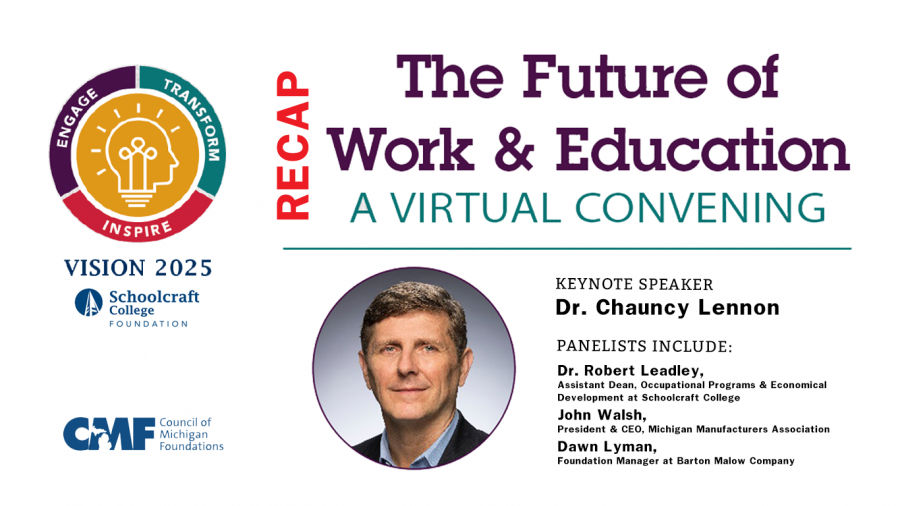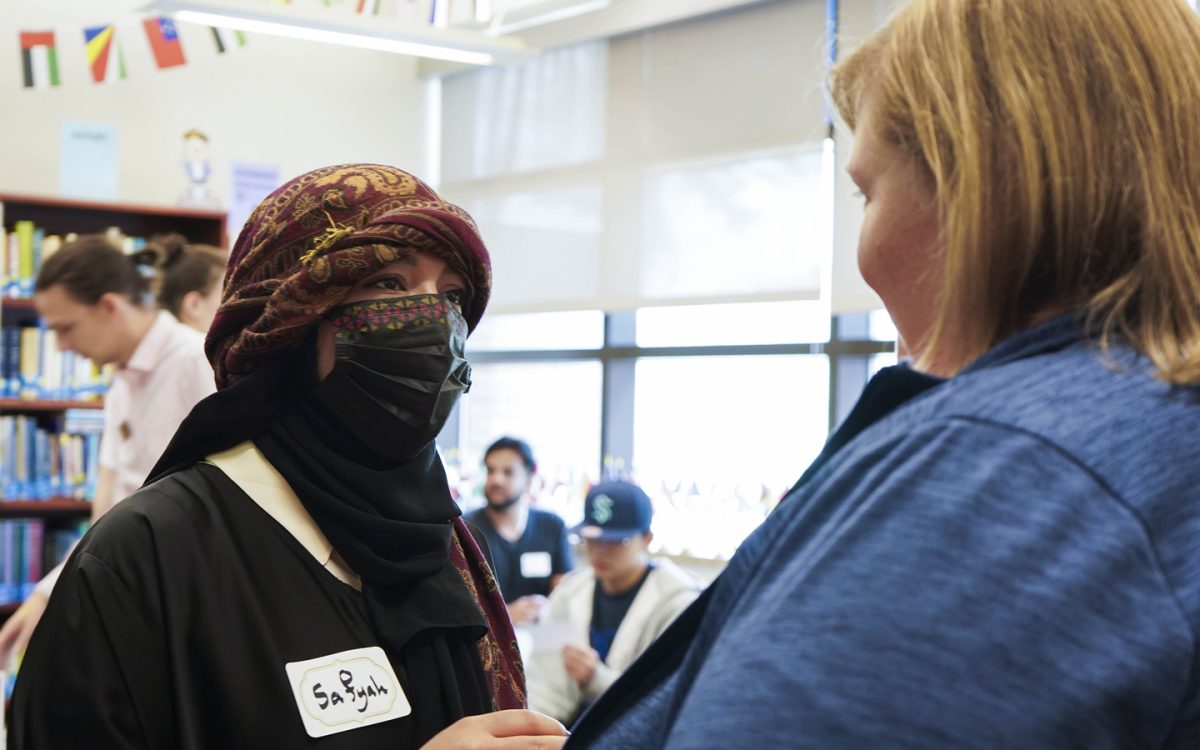Digital revolution
Presentation places emphasis on the future of work and education
July 3, 2020
America’s first industrial revolution began in 1790, with technology so primitive it makes you wonder how we have gotten to the point where we can walk around with a device that has computing capabilities that have far surpassed the first computers ever made. Now in the midst of a pandemic and the era dubbed the “Information Age,” America may once again see a revolution with a focus on digital connections.
On June 25, the presentation “The Future of Work and Education” was held virtually to talk about the evolving role technology would play as well as the continued disconnect between the skills and qualities employers want and students need.
The keynote speaker for the event was Dr. Chauncy Lennon, who currently serves as the Vice President for the Future of Learning and Work at the Lumina Foundation. His presentation covered the growing use of technology and the fear of a job market that is suffering net losses from automation, the growing need for post-secondary institutions to provide the necessary skills to future participants in the workforce or reskilling those already working.
In the current job market, around 2 in 3 companies are looking for individuals with credentials beyond a high school diploma. These credentials could be as simple as classes a company creates to ensure its workers are properly trained or as complex as someone who has obtained their doctorate.
Currently, the Lumina Foundation is seeking to have 60 percent of adults 25 and older credentialed by 2025. Lumina has created the website, luminafoundation.org, that has tracked the progress of their goal and all the data regarding the changing demand for talent and credentials.
“When it comes to the attainment goal, our focus is not simply on hitting a numeric target. We’re focused on ensuring that credentials people obtain are high quality, worth the time and money people spend to get them, and on closing the racial and ethnic equity gaps we face,” stated Dr. Lennon.
His presentation also looked into the changing face of the American college student. Most college students today are not fresh out of high school. Instead, they tend to be older, already working and a growing number of students already have children. This change has come with its own set of barriers, with some individuals putting their education on hold to take care of children or work full time to pay their bills.
Community colleges may be uniquely equipped with the growing demand for education beyond high school, providing affordable education in both skilled trades and contemporary degree programs. However, even community colleges need to reimagine the current education model according to Dr. Lennon.
Colleges need to equip individuals with “human skills” as well as the technical skills that come with obtaining certification. These “human skills” include communication, emotional intelligence, problem-solving among others. Community colleges also need to provide more “work-based learning,” which is the knowledge you obtain on the job. Opportunities for internships and apprenticeships are needed to prepare students for the world beyond the classroom.
While Dr. Lennon went on to discuss more upgrades needed to accommodate the changing job market, the presentation also included a panel discussion.
The panelists were Dr. Robert Leadley, Dean, Occupational Programs & Economical Development at Schoolcraft College, John Walsh, President and CEO of the Michigan Manufacturers Association and Dawn Lyman, Foundation Manager at Barton Malow Company.
The panelists discussed an array of topics with a heavy focus on the future of skilled labor jobs. For example, most assume skilled labor jobs still have risky work environments. However, changing practices, training, machinery and education have made jobs in construction and manufacturing exponentially safer over the years, not to mention the growing need for people to fill these jobs. Skilled labor has been in demand for years and that demand will only continue to grow.
To combat this gap, initiatives to bring people into these careers have been started. These initiatives have begun to target individuals in high school with hopes to inform young students of career options that allow you to get paid while you learn.
The presentation was part of an effort by the Schoolcraft College Foundation and the Council of Michigan Foundations. If you would like to view this presentation, please use the following link: michiganfoundations.zoom.us/rec/share/5JRPLIzA9WRLTJ2R6lr8VY9wF6DFeaa81yZM_aBcnUgHXXABYu3rUAngpBg-S8RZ
Password: 6A@+t8$!









